Blennywatcher Diary: Dominica
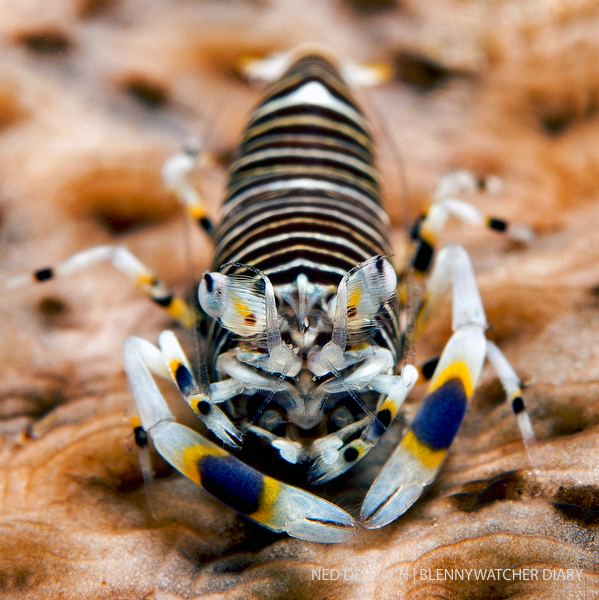
Our first visit to Dominica, a lush tropical island in the eastern Caribbean, was in the year 2000. Just the year before, Ned and I had visited Lembeh Strait, Indonesia for the first time: A mind-blowing trip that opened our eyes to muck diving and some of the all-star animals that can be found on unappealing sand, seagrass and mud terrains, including such classic animals as the Mimic Octopus, decorator crabs and an assortment of seahorses. We weren’t expecting a similar gallery of exotic creatures in the Caribbean, but after scouting Dominica’s shoreline for indicators of good muck sites—dry river beds, freshwater seepage and black volcanic sand— we struck gold: an Atlantic Longarm Octopus, stretching and contorting itself in all sorts of improbable shapes including a perfect flounder imitation, the most impressive seahorse seen with a flowing mane of filaments and a decorator crab that had adorned itself like a Christmas tree with stinging hydroid polyps. We chronicled our Dominican muck diving in the Spring 2001 issue of Ocean Realm Magazine.
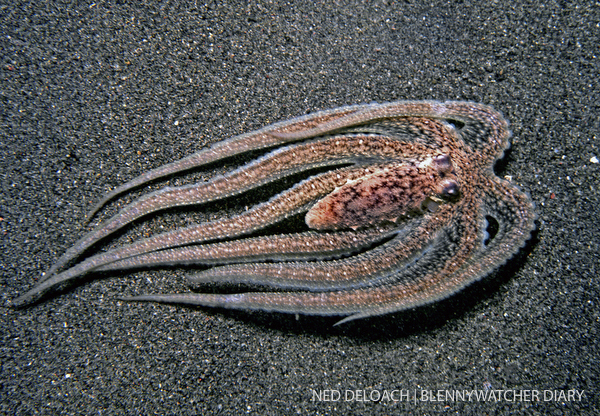
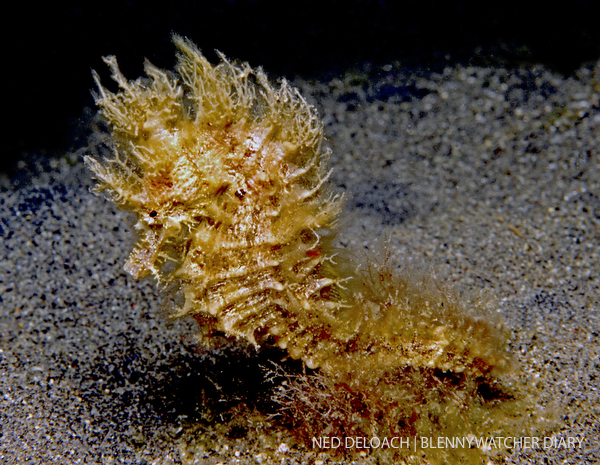
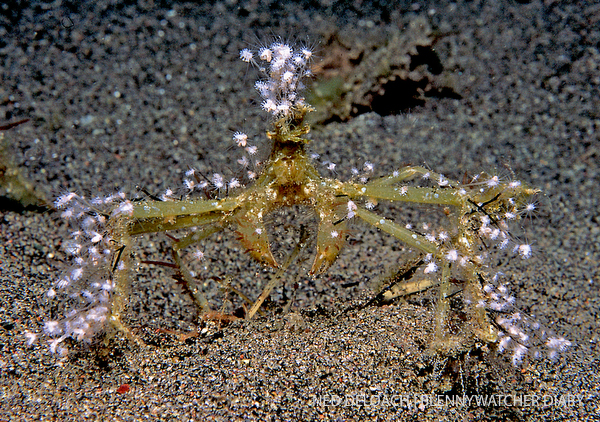
In spite of the eye-opening experience, it would be more than ten years before we returned to Dominica, this time in July 2011 in the company of critter hunting friends including the Wilk family of ReefNet fame, Rudy Whitworth and Dr. Ben Victor. Ben, a larval fish scientist who has been sorting out many of the Caribbean’s blenny and goby families using genetic markers of DNA, was focused on fish, while Ned and Les, in a last push to acquire new photos for the latest edition of the Reef Creature Identification book, were mainly after invertebrates. Turning over rocks yielded interesting critters, including a rare Crimson Coral Shrimp; several dives in shallow sand and grass produced mole crabs and baby lobsters and on one dive down to 140 feet, Ned found a Wire Coral Shrimp residing on a sea pen, another unusual Caribbean find. During our two weeks, several exciting new invertebrates were photographed and collectively we traced down 223 species of fishes.
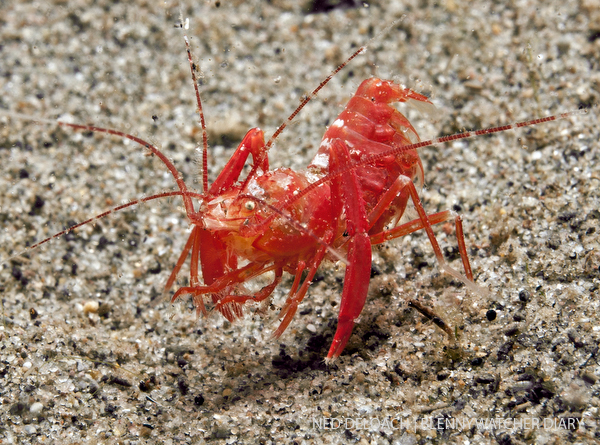
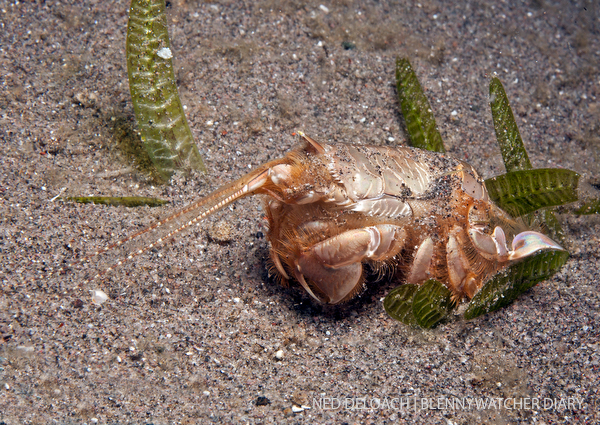
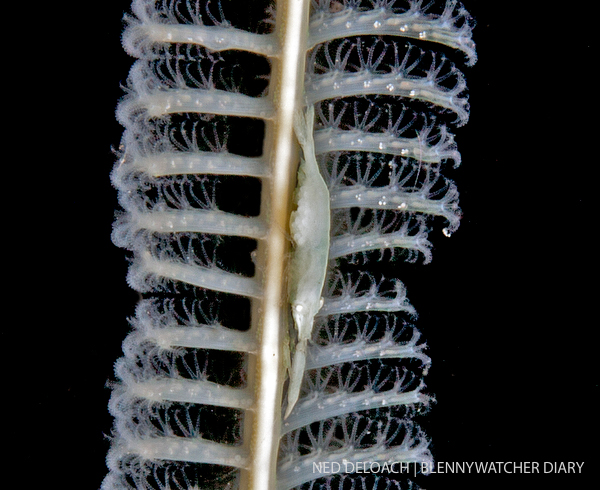
When the time came to select a destination for a 2014 REEF (Reef Environmental Education Foundation) Field Survey, we chose Dominica, suspecting that our fish watching friends would enjoy the island’s collection of rare and oddball animals as much as we did. Sure enough like advertised, our group discovered Shortnose Batfish, Flying Gurnards, Snake Eels, Yellowface Pikeblennies, Red Banner Blennies, Mutton Hamlets and Orangespotted Gobies (the Caribbean’s only shrimp goby) among the 216 species surveyed.
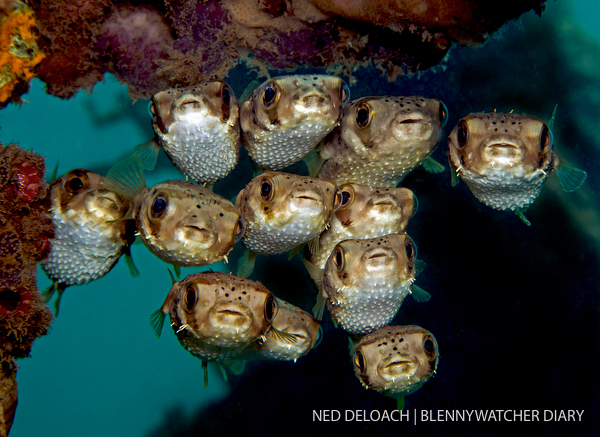
The most delightful sighting was a tight knit group of juvenile Balloonfish, hanging out just off the resort’s dock. In fact, young Balloonfish were everywhere with dozens hunkered down in seagrass beds like lost Easter eggs.
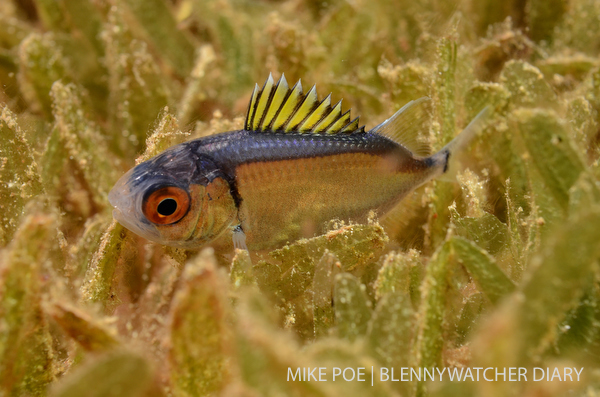
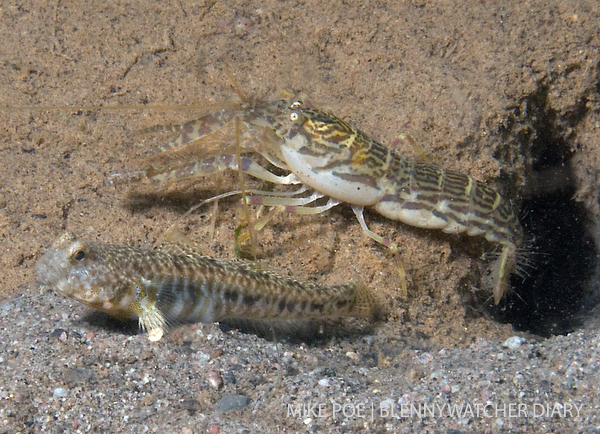
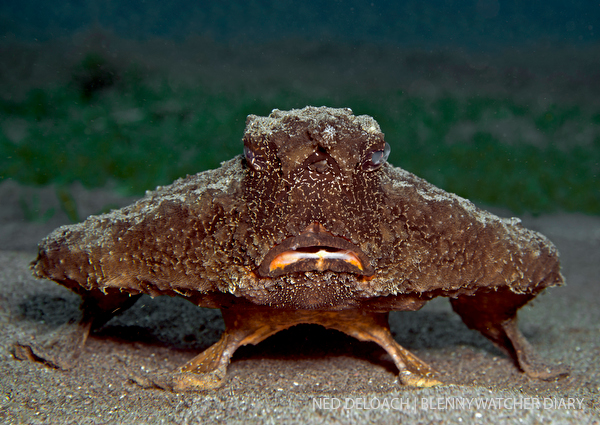
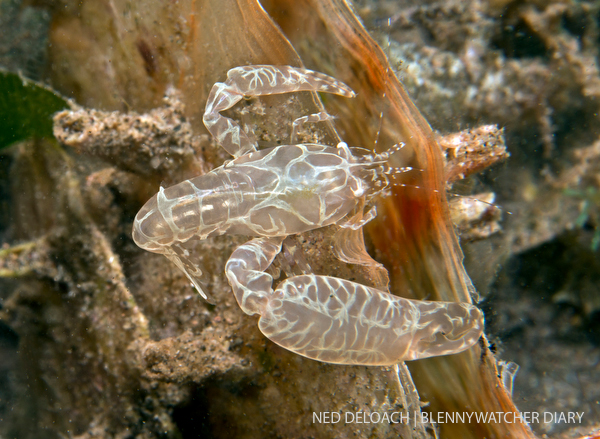
Most of our second week, after the REEF contingent left for home, was spent exploring black sand flats, seagrass meadows and the heavily encrusted pilings of a large commercial pier. Our Castle Comfort/Dive Dominica dive crew embraced our meandering, alternate dive style habit, and showed great skill in finding and baiting out a rare species of Onuphis worm and a Pen Shell Shrimp. Over the next few weeks, we’ll be featuring many of Dominica’s invertebrates and fishes from this most recent trip in a series of posts on our Blennywatcher Blog. I don’t think we’ll wait two and a half years to return! ~ Anna & Ned DeLoach (many thanks to Mike Poe for contributing photos to this story)